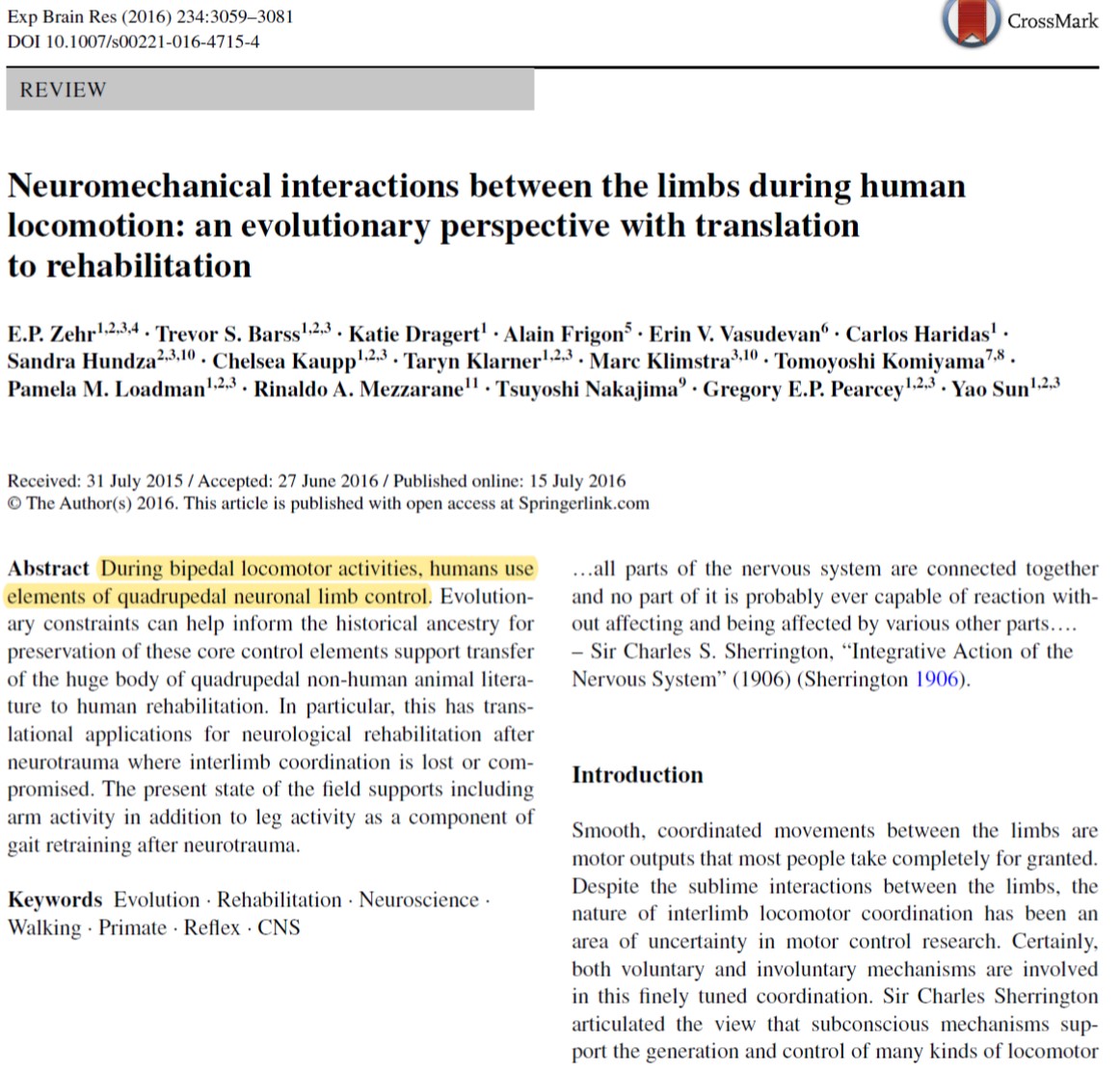
The term 'stiffness' has become part of the lexicon (generally in relation to sprinting and training).
Been thinking for awhile we need to come up with a term that better captures what we're talking about
If not a misnomer, stiffness is at least prone to misinterpretation 🧵👇
Been thinking for awhile we need to come up with a term that better captures what we're talking about
If not a misnomer, stiffness is at least prone to misinterpretation 🧵👇
We collapse complex phenomena into simplified models and then distill the concept described by the model into a word.
In this case:
human locomotion (complex phenomenon)
mass-spring model (simplified version)
'stiffness' (term)
In this case:
human locomotion (complex phenomenon)
mass-spring model (simplified version)
'stiffness' (term)
This process is useful for understanding and communicating concepts.
But important information is omitted at each step.
There is also danger that the meaning is lost in translation
But important information is omitted at each step.
There is also danger that the meaning is lost in translation
The mass-spring model for human locomotion - mass (body) atop leg 'spring' - is a big oversimplification.
More accurate to think of multiple springs in series (and the springs extend up to the thorax).
Plus each spring is tensioned independently and behaves somewhat differently
More accurate to think of multiple springs in series (and the springs extend up to the thorax).
Plus each spring is tensioned independently and behaves somewhat differently

In any case, 'stiffness' relates here to spring behaviour.
i.e. the stiffness or spring tension affects how elastic energy is stored and returned
The objective is to bounce.
This framing is important and necessary when using the term stiffness otherwise the meaning can be lost
i.e. the stiffness or spring tension affects how elastic energy is stored and returned
The objective is to bounce.
This framing is important and necessary when using the term stiffness otherwise the meaning can be lost
Conversely, when 'stiffness' is used in isolation it conjures the idea of rigidity.
A related problem is that we also often fail to differentiate passive stiffness vs active spring tension.
It is easy to get the impression that we want to be rigid and that 'stiff' = inelastic
A related problem is that we also often fail to differentiate passive stiffness vs active spring tension.
It is easy to get the impression that we want to be rigid and that 'stiff' = inelastic
So maybe 'spring tension' is a better term?
We want to maintain integrity - i.e. hold shape and avoid collapsing on contact but otherwise our aim is elastic bounce.
Depending on contact time our task is to tension the springs to store and return elastic energy most effectively
We want to maintain integrity - i.e. hold shape and avoid collapsing on contact but otherwise our aim is elastic bounce.
Depending on contact time our task is to tension the springs to store and return elastic energy most effectively
• • •
Missing some Tweet in this thread? You can try to
force a refresh




